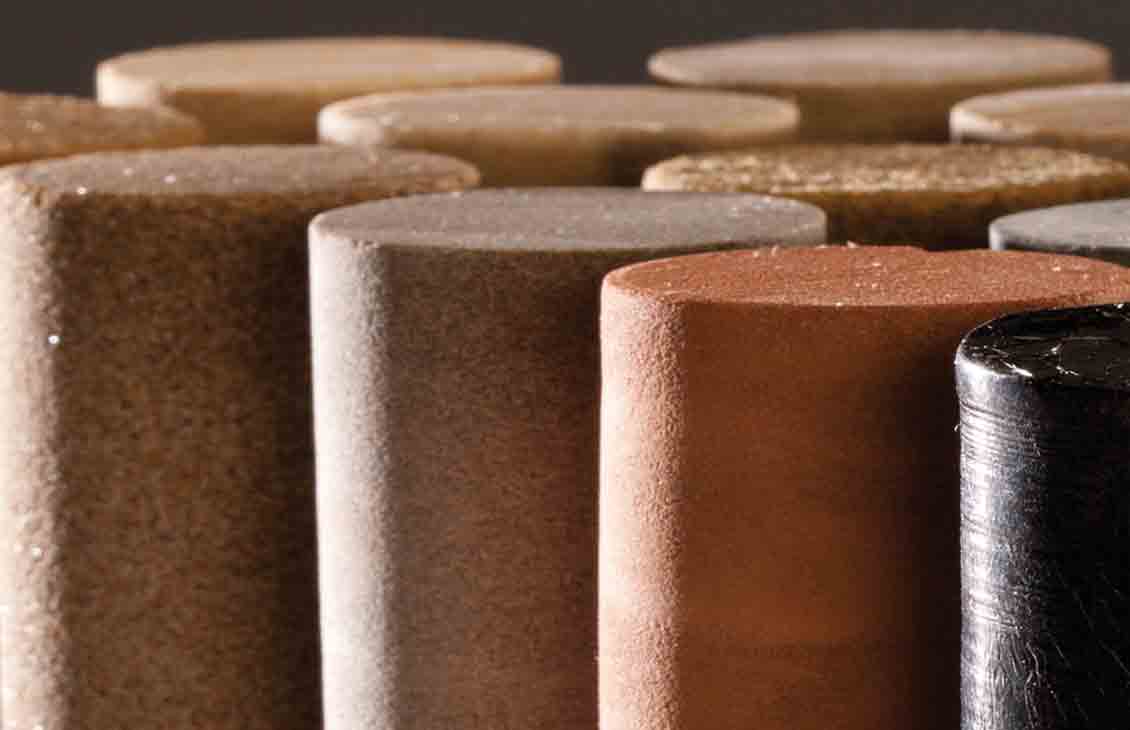API RP 27 Recommended Practice for Wettability Testing of Reservoir Rock Samples
The API RP 27 Recommended Practice provides a comprehensive guide for wettability testing, which is essential in the oil and gas sector to understand how fluids interact with reservoir rock. This practice ensures that reliable data is generated to support critical decisions regarding fluid flow, mobility, and potential reservoir performance.
Wettability plays a crucial role in determining the effectiveness of fluid displacement processes such as waterflooding or CO2 injection, which are vital for enhancing oil recovery. The API RP 27 focuses on the testing methods that help predict the behavior of fluids within reservoir rocks under various conditions.
The recommended practice outlines the steps to prepare and test rock samples, ensuring consistency in the experimental setup. It specifies the importance of sample preparation, including the use of appropriate cleaning agents and drying techniques to avoid contamination that could skew results. The document also provides guidance on selecting the right fluids for testing, which should be representative of actual field conditions.
The process typically involves placing a known volume of fluid onto a flat surface of the rock sample and observing the contact angle formed between the fluid and the rock. This measurement is critical as it indicates how easily water or oil can flow through the reservoir. A lower contact angle suggests better wettability, which in turn implies easier fluid mobility within the rock matrix.
The API RP 27 also addresses the challenges of conducting accurate tests, such as controlling environmental factors that could influence the results. Factors like temperature fluctuations and humidity levels are carefully managed to ensure consistency across different testing environments. The document emphasizes the need for precise measurement instruments capable of capturing subtle changes in contact angles.
The recommended practice further highlights the importance of repeatability and reproducibility in wettability tests, ensuring that results can be trusted by all stakeholders involved in reservoir management decisions. This is particularly important in international projects where different laboratories may need to compare their findings.
For quality managers and compliance officers, adherence to API RP 27 ensures that the testing process meets industry standards, thereby reducing the risk of non-compliance with regulatory requirements. For R&D engineers, this practice offers a standardized approach to developing new technologies aimed at improving reservoir performance. Procurement teams can leverage these guidelines to source high-quality equipment and reagents necessary for conducting reliable wettability tests.
Applied Standards
The API RP 27 Recommended Practice is aligned with several international standards, including ISO/TS 16598-4:2013 and ASTM D1217-19. These standards provide a framework for the consistent application of wettability testing methods across various industries.
- ISO/TS 16598-4:2013: This international standard offers detailed procedures for preparing and analyzing rock samples, which are essential for accurate wettability testing. It emphasizes the importance of sample preparation to minimize errors in contact angle measurements.
- ASTM D1217-19: This American Society for Testing and Materials (ASTM) standard provides a method for determining the apparent oil-wet or water-wet state of a rock by measuring the contact angles between fluid and rock. The procedure described in ASTM D1217 is consistent with the practices outlined in API RP 27.
The alignment with these standards ensures that the testing methods used are recognized globally, enhancing the reliability of data generated through wettability tests.
International Acceptance and Recognition
The API RP 27 Recommended Practice for Wettability Testing has gained widespread acceptance in both North America and Europe. Many leading oil and gas companies in these regions have adopted this practice as a standard operating procedure to ensure the integrity of their reservoir characterization efforts.
- North America: In the United States, API RP 27 is widely used by major producers who rely on consistent testing methods to optimize their operations. The practice is also recognized in Canada, where regulatory bodies often recommend compliance with this standard for environmental and operational safety.
- Europe: Several European countries have embraced the use of API RP 27 due to its rigorous standards and proven reliability. Norway's state oil company, Statoil (now Equinor), has incorporated these practices into their internal protocols, reflecting the growing acceptance in Scandinavia.
The practice has also been recognized by international bodies such as the International Organization for Standardization (ISO) and European Committee for Standardization (CEN). This recognition underscores its role in facilitating global collaboration and harmonization of testing methods within the oil and gas industry.
Competitive Advantage and Market Impact
Adherence to API RP 27 can provide significant competitive advantages for companies involved in reservoir engineering. By ensuring accurate wettability data, these firms can make more informed decisions about the suitability of different fluids for their projects. This leads to improved recovery rates and reduced operational costs.
- Enhanced Decision-Making: Accurate wettability testing allows companies to better predict fluid behavior within reservoirs, which is crucial for optimizing production strategies.
- Innovation in Fluid Technology: The standards set by API RP 27 encourage the development of new fluids and technologies that can enhance reservoir performance. This innovation drives market growth and competitiveness.
Companies that adopt these practices early on can also benefit from a reputation for quality and reliability, which is highly valued in the competitive oil and gas sector. The ability to provide consistent and accurate data can help secure contracts and partnerships, thereby expanding market share.





